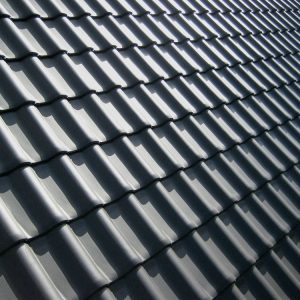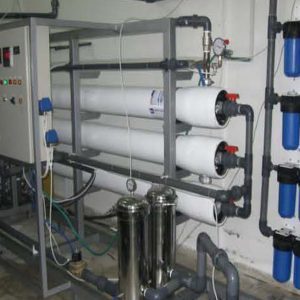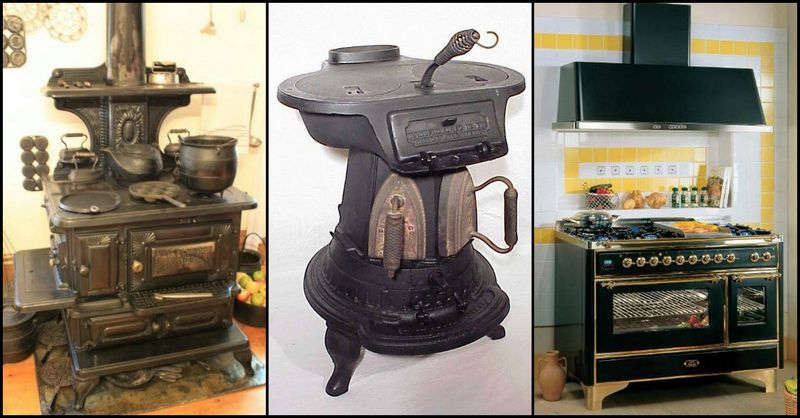
Would you like a bit of vintage in your kitchen? Will these vintage stoves do it for you? Though modern kitchen stoves are elegant and neatly designed, many homeowners still appreciate a vintage kitchen’s beauty.
Vintage stoves and ovens have that aesthetic look, feel, and quality that never fades through time. These appliances can complement any style of home!
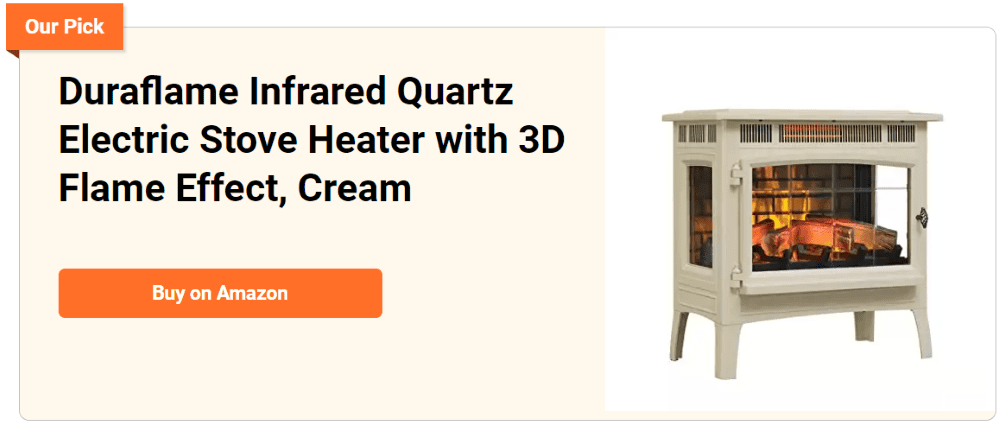
Vintage stoves are functional, sturdy appliances that can be used in cooking. Proper care and maintenance allow these stoves to last several years.
When shopping for a vintage stove, it is important to note that these appliances are not simply antiques. Many of them continue to be manufactured and can be purchased through various sources.
Vintage stoves are stoves that were made before the days of modern conveniences, such as automatic timers and clocks. These stoves are antiques because they are over 50 years old. Most of these stoves were made in the 1950s.
Vintage stoves are gaining popularity in the modern era. The antique stoves are being sold to curious individuals who desire the character and flaunting of the antique stove. This is primarily due to their quaint, yet rustic design.
They can be used for many things, from cooking to heating your home. Many people are interested in the look, feel, and warmth of the stove.
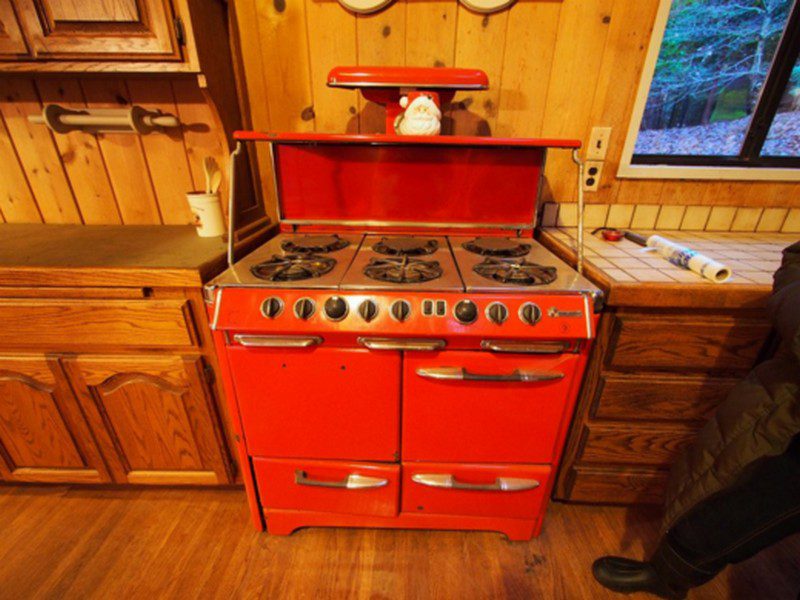
This is a good way to go green and use less energy while cooking. In the past, vintage stoves have been hard to clean and have been a fire hazard. Today, these antique stoves can be purchased reasonably priced and restored to their original glory.
There are a lot of companies out there reproducing or restoring vintage stoves and ovens and refrigerators. These sellers offer a range of models dating from as early as the 1920s to the 1970s. With just a little bit of research, you’ll find heaps of sources to buy one from.
If you’ve been dreaming of having a vintage stove, it’s an achievable goal! Want to refurbish your kitchen with a vintage appliance now? You can look for that vintage stove that you like by viewing our gallery below!
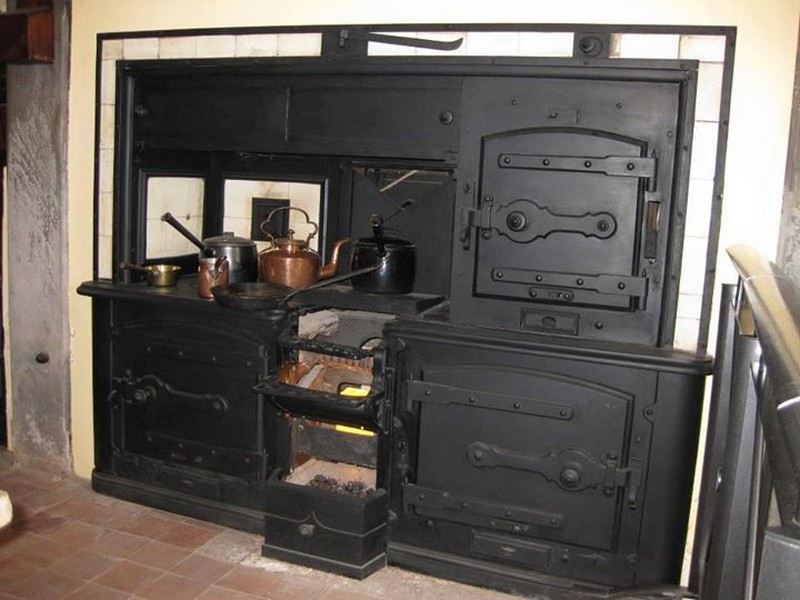
Common Parts of Vintage Stoves
Range
Almost all vintage stoves have a range. The term “range” is the most general term used to describe a cooking surface that is not a “burner.” A range could be a simple hot plate, a single or a double burner or a griddle, or a combination of these.
A range doesn’t get as hot as a burner and has a lower BTU output. A range may be a permanent part of your stove or a removable unit. A range is also known as a cooktop.
Oven
You can even find vintage stoves with built-in ovens, which means you don’t have to use two appliances for cooking. This is an efficient design that saves you time, space, and money.
Cooker/Boiler
It will not be complete if it does not have a cooker and a boiler which is an essential part of a vintage stove.
Overall, a vintage stove is one of a kind complete set stove that will give you a more functional stove for your kitchen. These stoves are huge and can take up a lot of space in your kitchen. But if you have a huge kitchen space, why not consider a vintage stove?
Restoration Tips for Vintage Stoves
Restoring a vintage stove can transform your kitchen, giving it a unique charm and warmth. These timeless pieces, with their unmatched style and durability, often require special attention to bring them back to their former glory.
Here are some tips to help you get started.
Cleaning Your Vintage Stove
The first step in restoring your vintage stove is carefully and thoroughly cleaning. Start by dusting off any loose dirt or debris. When choosing cleaners, choose mild, non-abrasive options that won’t harm the stove’s finish.
Gentle dish soap mixed with warm water can work well for general cleaning. Create a paste with baking soda and water for areas with built-up grime. Apply this paste with a soft cloth or sponge, gently rubbing in a circular motion to lift the dirt without scratching the surface.
Pay special attention to delicate areas, such as decals or painted finishes. These are often irreplaceable and can be easily damaged by harsh chemicals or rough handling. If you encounter particularly stubborn stains, consider using a specialized cleaner designed for vintage appliances, always testing it on a small, inconspicuous area first to ensure it won’t cause damage.
Repairing Your Vintage Stove
After cleaning, closely inspect your stove for any signs of wear or damage. Common issues include rust, which can eat away at metal over time, and cracks or breaks in the stove’s body or components.
Surface rust can usually be treated with a commercial rust remover. The affected area with fine-grit sandpaper to smooth it out before applying a coat of high-temperature resistant paint that matches the stove’s original color. This restores the stove’s appearance and protects it from further rusting.
Replacing Parts
When restoring a vintage stove, you may encounter hurdles finding the right replacement parts. Due to the age of these appliances, certain parts can be rare or no longer in production. However, there’s a thriving market for vintage appliance parts, and with some research, you’re likely to find what you need.
Start by reaching out to specialty retailers dedicated to vintage appliance restoration. These shops often have a wide selection of parts or can point you in the right direction. Online marketplaces are another valuable resource, offering a platform for private sellers who might have the exact part you’re searching for.
Sometimes, you may discover that parts from other stove models or even different brands can be modified to fit your vintage stove. This approach requires careful measurement and a good understanding of how the part functions within the appliance.
Compatibility is crucial, not only for the stove’s operation but for safety reasons as well. Always verify that the replacement part won’t compromise the stove’s integrity. If you’re unsure, consult with experts who specialize in vintage appliances. They can offer advice on part compatibility and may even assist in modifying parts to fit your specific needs.
Ensuring Safety
The restoration of a vintage stove is about aesthetics and functionality and, perhaps most importantly, safety. Before you begin to regularly use your restored vintage stove, it’s essential to conduct a thorough safety check. This involves more than a visual inspection; it requires a detailed examination by a professional experienced in dealing with older appliances and their unique safety concerns.
Gas stoves, in particular, need to be checked for leaks. Even the smallest gas leak can pose a significant risk, leading to potential fire hazards or health issues from gas inhalation. A professional can use specialized equipment to detect leaks in the gas lines or connections, ensuring that the stove is safe to operate.
Similarly, it’s crucial to verify that the wiring is up to current standards for stoves with electrical components. Old or frayed wires can lead to short circuits, posing a fire risk. An expert can assess the electrical system’s condition and recommend upgrades or replacements.
Incorporating modern safety features into your vintage stove can significantly enhance its safety. One valuable addition is an automatic shut-off valve, which can prevent gas leaks by automatically cutting off the gas supply if the stove’s flame goes out unexpectedly.
This feature particularly benefits vintage stoves not originally equipped with such safety mechanisms. Other potential upgrades include installing a carbon monoxide detector near the stove to alert you to dangerous gas emissions and ensuring the stove’s installation complies with all local safety codes and regulations.
Taking these steps to ensure your vintage stove’s safety protects the appliance and your home and family. While it may require an additional investment, the peace of mind that comes with knowing your vintage stove is as safe as it is charming is invaluable. Always prioritize safety in your restoration project to enjoy the beauty and functionality of your vintage stove without compromising on security.
Seeking Professional Help
Tackling a vintage stove restoration project can be rewarding but comes with its share of challenges. Certain aspects of restoration, especially those involving vintage stoves’ mechanical or structural integrity, demand a level of expertise that goes beyond the average DIY project. If you face tasks requiring specialized skills, it’s wise to turn to professionals experienced in working with vintage stoves.
Professionals in the field of vintage appliance restoration can offer a range of services for your vintage stove. These include deep cleaning processes that remove years of built-up grime without damaging the vintage stoves’ finish and more technical repairs like fixing gas lines, electrical components, or refurbishing enamel surfaces.
Their expertise ensures that the stove looks good and operates safely and efficiently. Moreover, professionals can provide valuable advice on maintaining your vintage stove, helping you preserve its beauty and functionality for years.
Restoring vintage stoves is a rewarding project that preserves a piece of history and adds character to your kitchen. With these tips, your vintage stoves will be ready to light up your kitchen literally and figuratively.
Click on any image to start the lightbox display. Use your Esc key to close the lightbox. You can also view the images as a slideshow if you prefer 😎

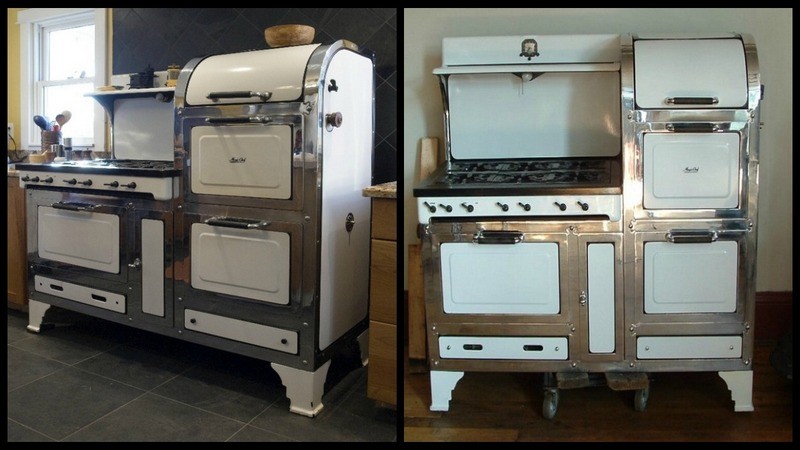
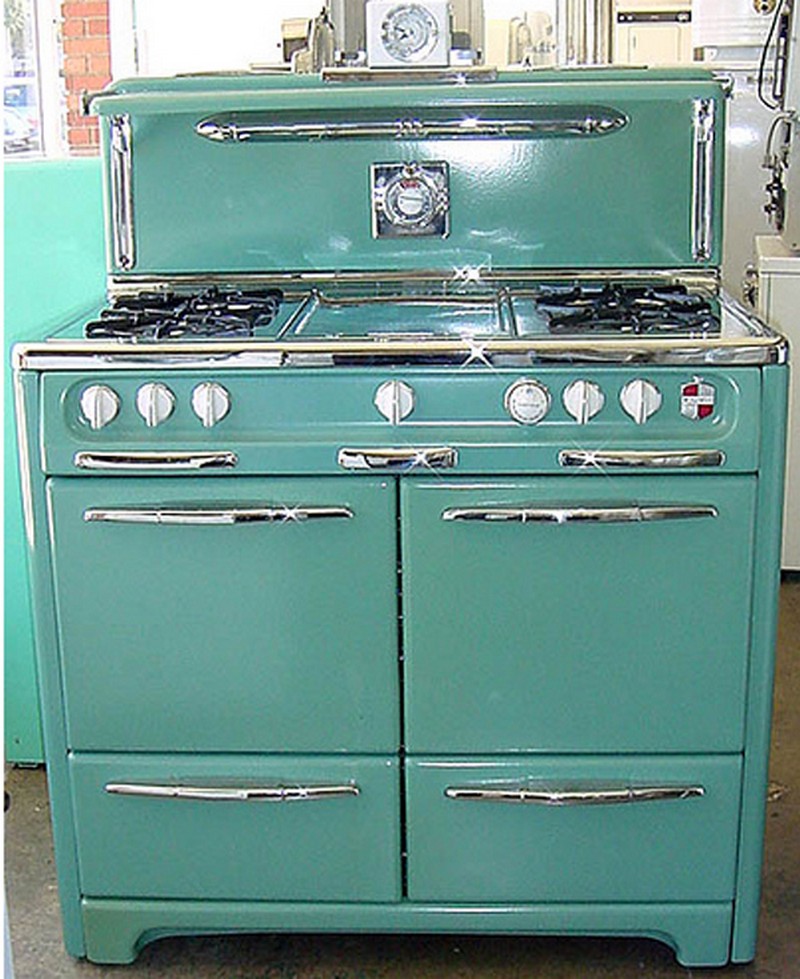
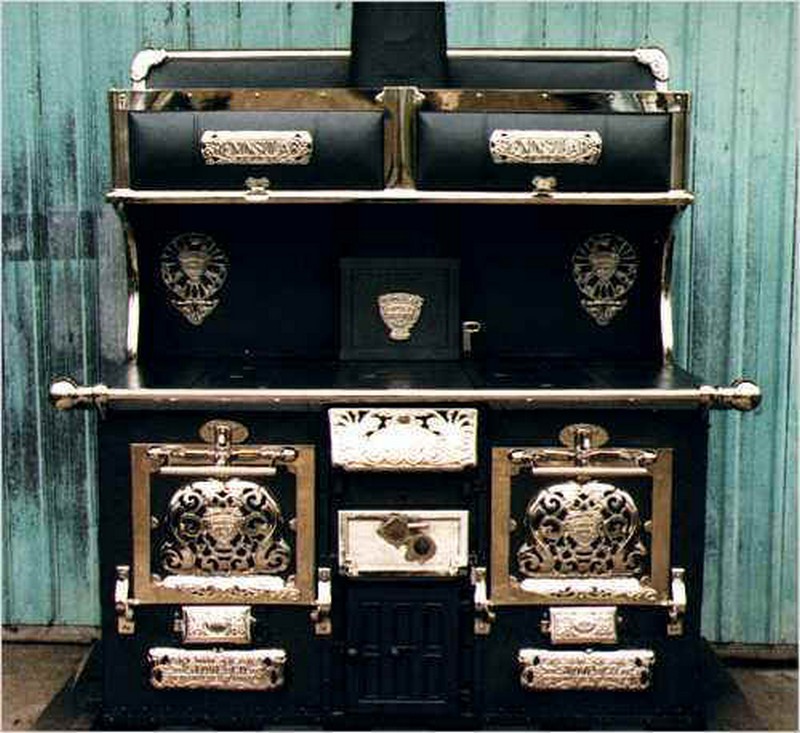
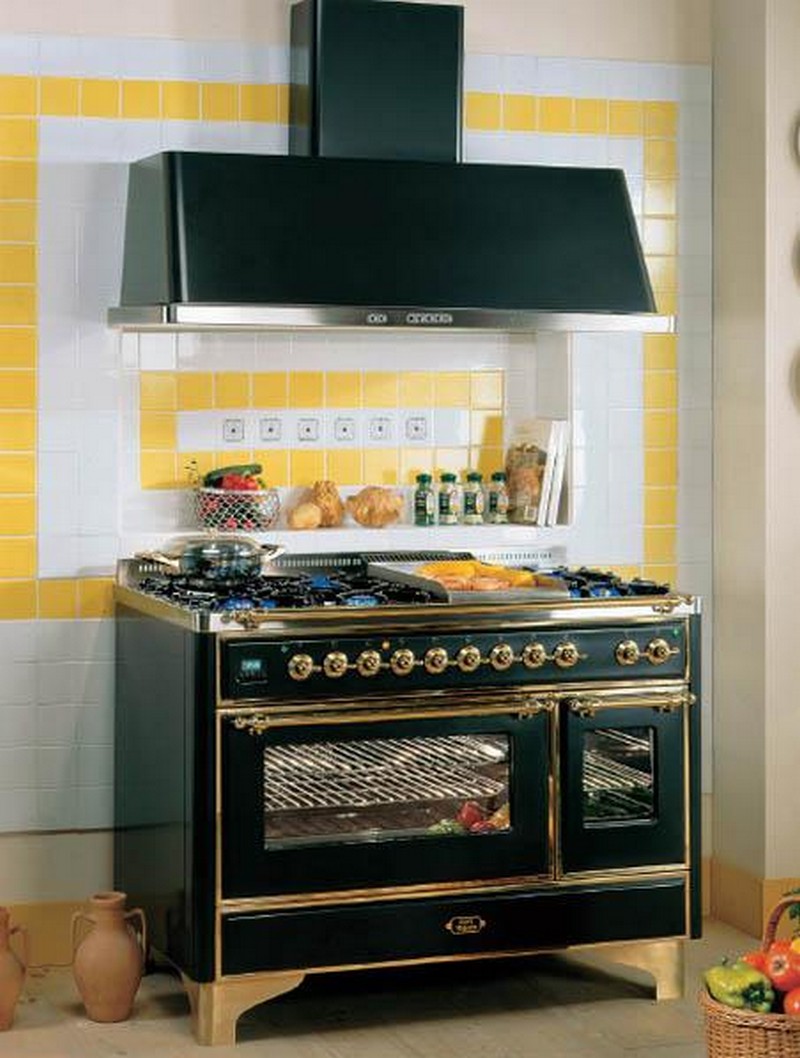
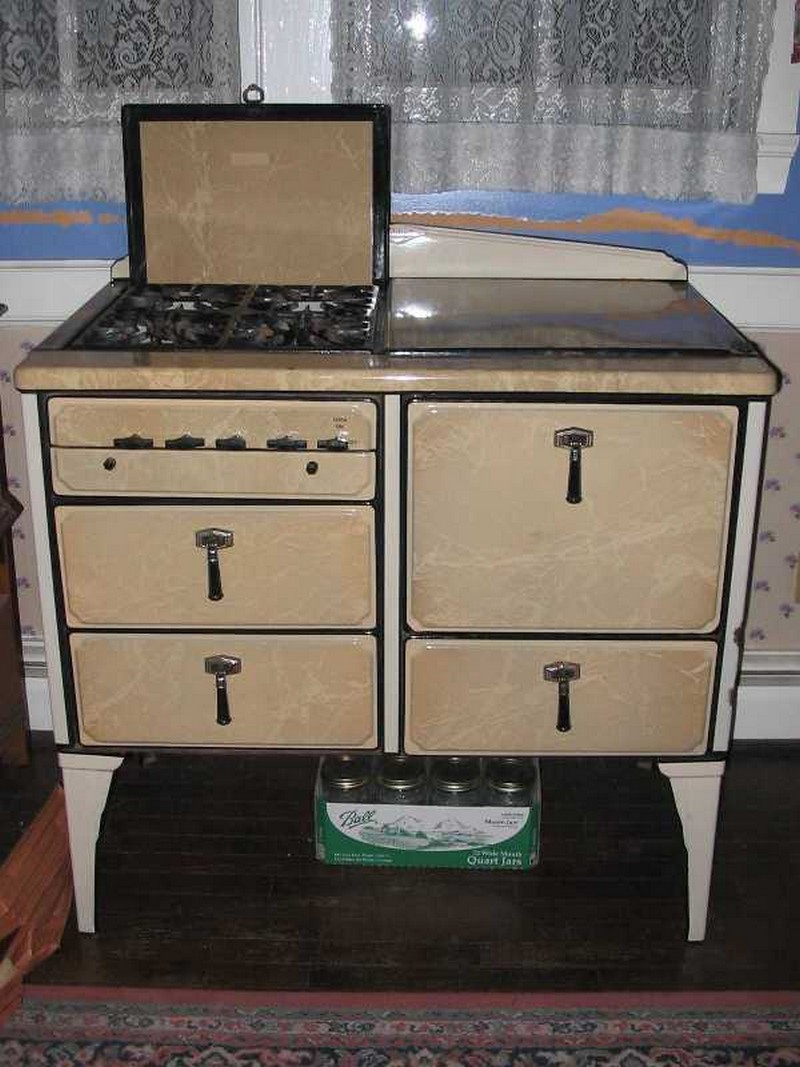
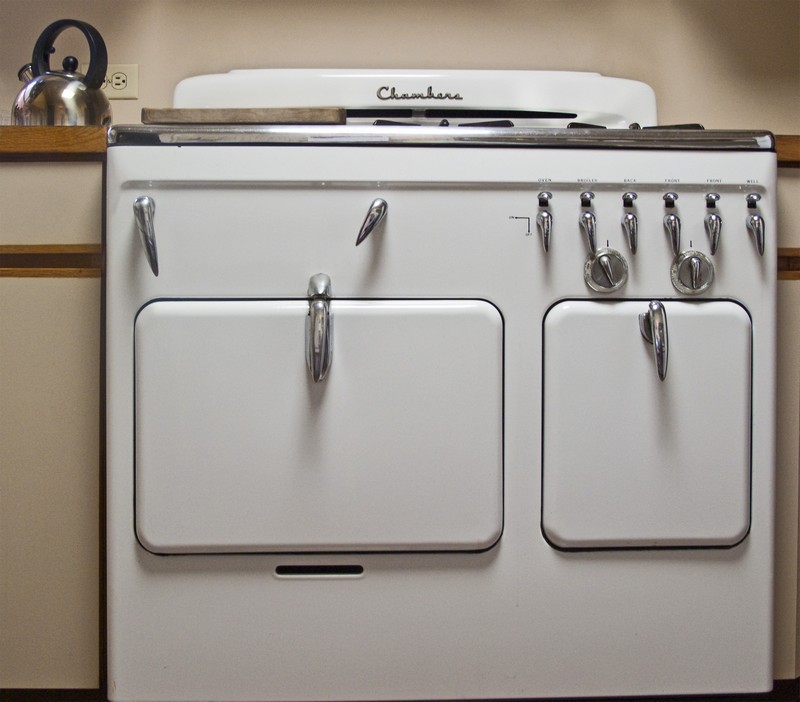
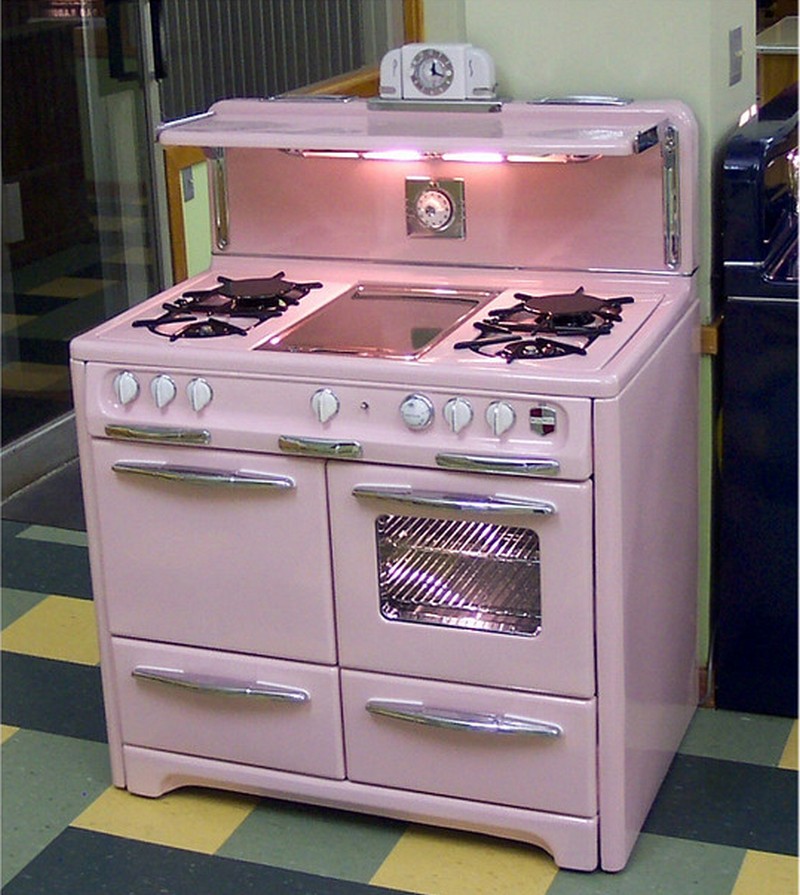

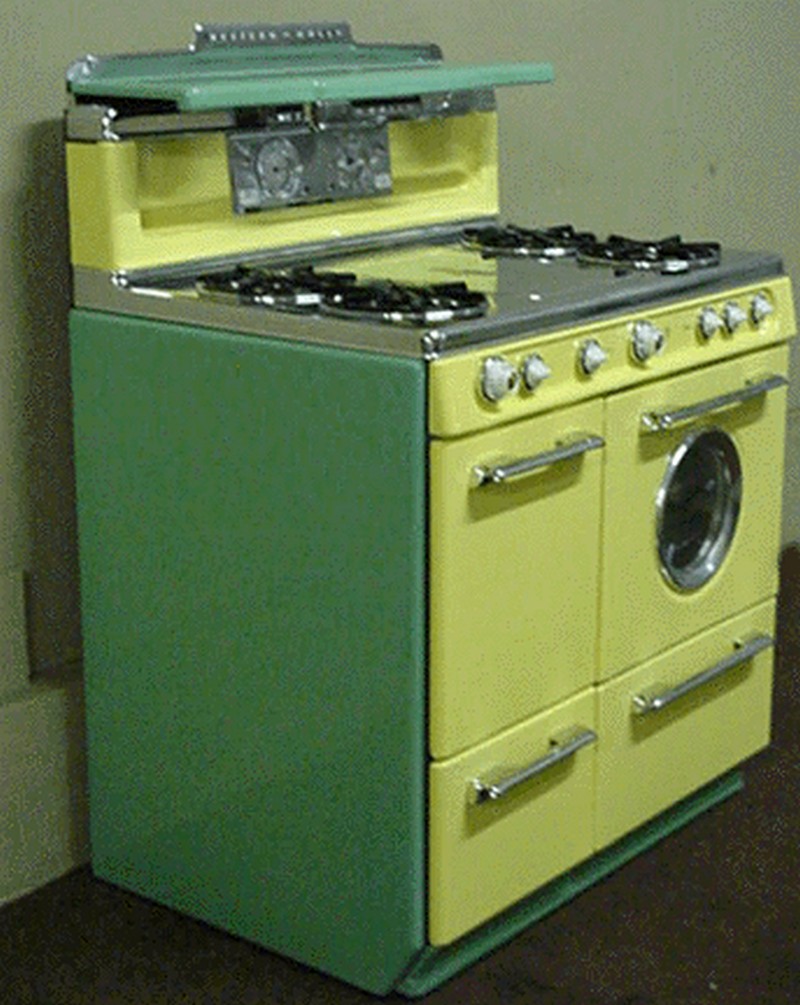
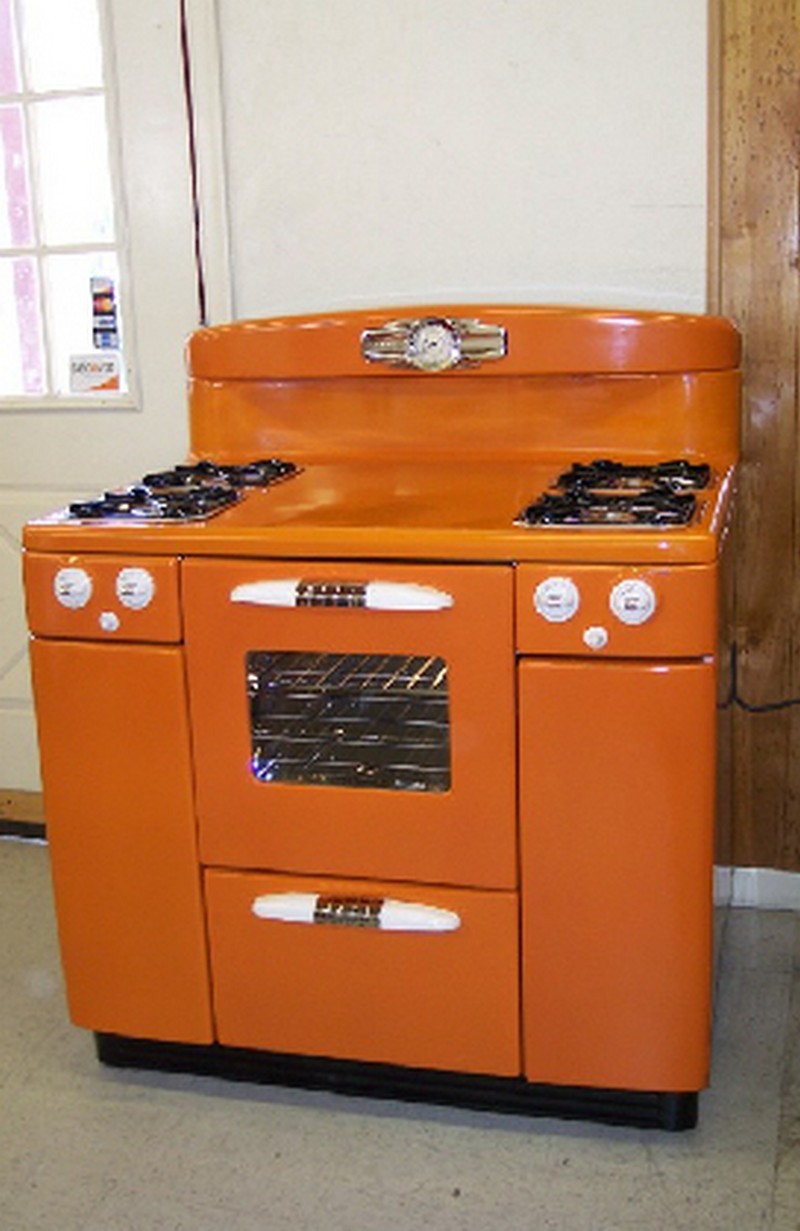
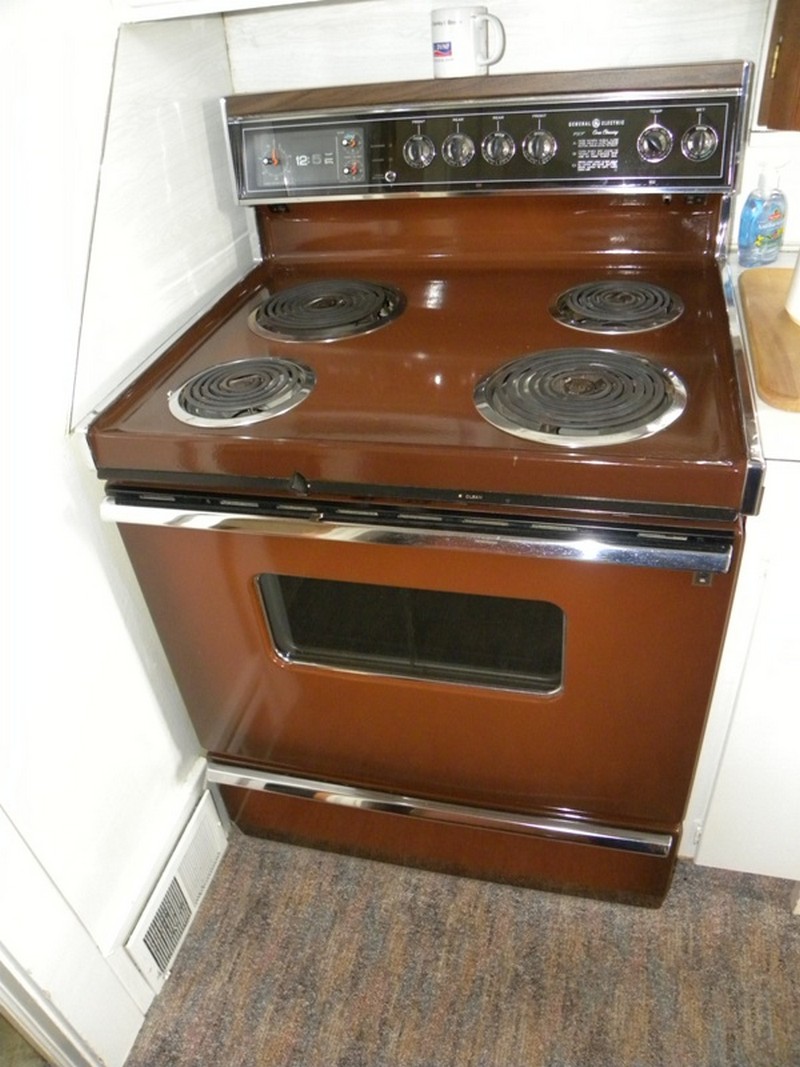

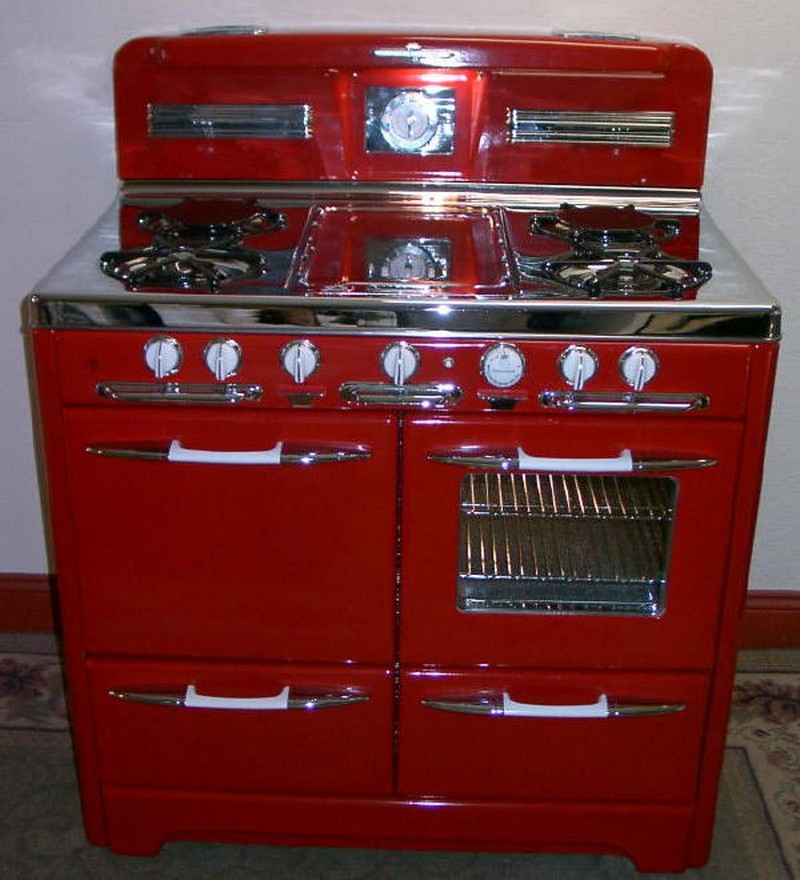
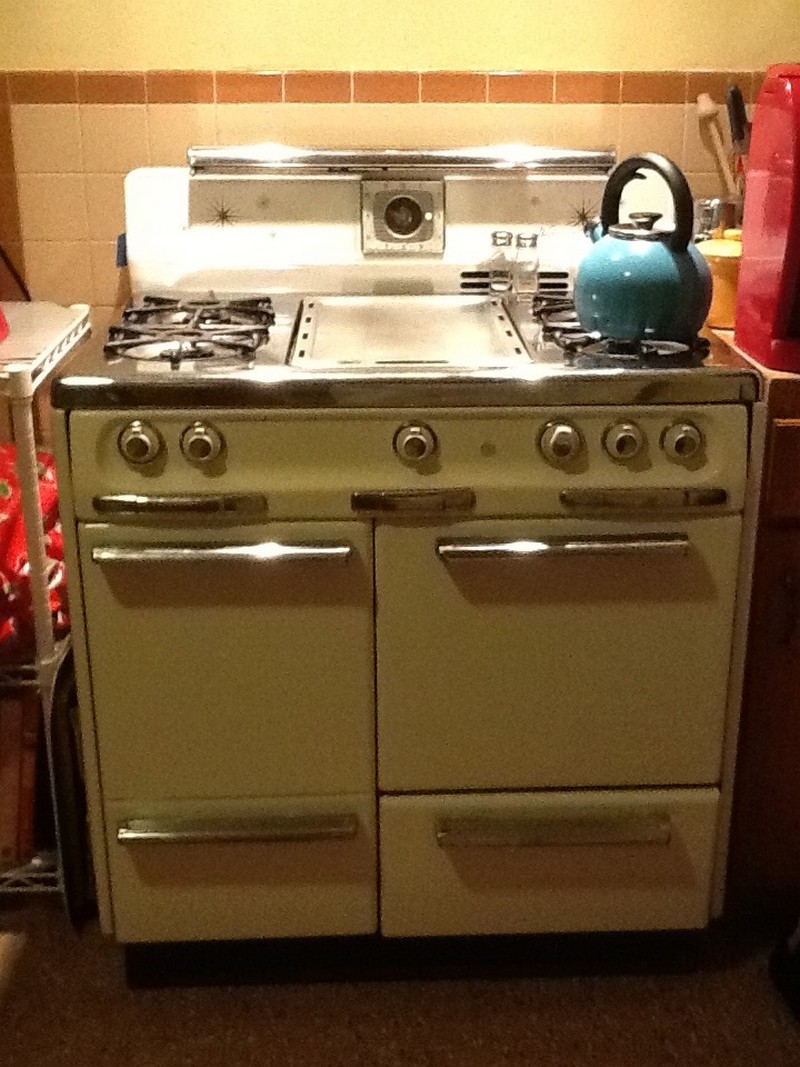
How to Integrate Vintage Stoves into Modern Kitchens
Integrating a vintage stove into a modern kitchen combines the best of both worlds: the timeless charm of a bygone era with today’s sleek and functional design aesthetics. Vintage stoves are not just cooking appliances; they’re statement pieces that add character and warmth to your kitchen. However, blending a vintage stove seamlessly into a contemporary setting requires careful planning and design. Here’s how to make your vintage stove the centerpiece of a modern kitchen.
Choose a Focal Point
Let your vintage stove be the star. Design your kitchen layout and decor around the stove to highlight its unique features. A vintage stove can be a focal point, drawing the eye and setting the tone for the rest of the kitchen. Consider placing it in a prominent position where it can be admired from multiple angles.
Mix Styles with Balance
The key to integrating a vintage stove into a modern kitchen is balance. Combine modern and vintage elements in a way that feels cohesive. Use clean lines, minimalist cabinets, and contemporary materials like stainless steel or quartz countertops to contrast with the vintage stove’s intricate details and robust design. This juxtaposition creates a dynamic and inviting space.
Color Coordination
Color is crucial in unifying the vintage stove with the modern kitchen. Choose a color palette that complements the stove’s hue, whether classic white, a bold enamel color, or a metallic finish. Neutral tones in the kitchen can make a brightly colored vintage stove pop, while a more subdued stove can blend harmoniously with a vibrant kitchen color scheme.
Incorporate Compatible Materials
Materials can bridge the gap between the vintage stove and the modern kitchen. Use materials that echo the stove’s era for elements like backsplashes, flooring, or kitchen islands. For example, subway tiles can nod to the past while fitting perfectly into a modern design. Similarly, wooden elements can add warmth and texture, complementing the stove’s vintage feel.
Update Lighting
Lighting can transform the atmosphere of your kitchen and highlight your vintage stove. Choose modern lighting fixtures that contrast the stove’s vintage design, such as pendant lights with clean lines or industrial accents. Proper lighting can enhance and integrate the stove’s appearance into the space.
Add Vintage Accessories
To tie the look together, sprinkle vintage accessories or cookware around the kitchen. These can include antique utensils, vintage posters, or classic teapots that resonate with the stove’s era. These elements add layers of authenticity and charm, reinforcing the vintage theme without overwhelming the modern sensibility of the space.
Embrace Technology
While celebrating the vintage stove’s aesthetics, don’t avoid incorporating modern technology into your kitchen. Innovative storage solutions, high-tech appliances, and smart home features can coexist with your vintage stove, offering convenience and functionality while respecting the kitchen’s vintage charm.
Integrating a vintage stove into a modern kitchen is an art that requires a thoughtful approach to design. By focusing on balance, color, materials, and accessories, you can create a space that celebrates the past while embracing the present. A vintage stove can become more than just an appliance; it can be a cherished piece of history that adds soul and story to your modern kitchen.
Maintaining Your Vintage Stoves
Maintaining your vintage stove is crucial to ensure it remains a functional and beautiful part of your kitchen for years. Vintage stoves require a specific care approach to preserve their unique features and ensure they operate safely and efficiently. With regular maintenance, your vintage stove can remain a reliable and charming appliance.
Here are essential tips for keeping your vintage stove in top condition.
Check for Wear and Tear
Regularly inspect your vintage stove for signs of wear and tear, such as rust, chipping, or fading. Addressing these issues early can prevent further damage. For minor rust spots, carefully sand the area and apply matching high-temperature resistant paint. If the damage is more significant, consider consulting a professional for restoration.
Ensure Proper Functioning
Ensure that all parts of your vintage stove, such as burners, oven elements, and controls, are working correctly. If you notice any inconsistency in performance, it might be time for a check-up. Replacing worn gaskets and seals can improve efficiency and safety. For gas vintage stoves, periodically checking for gas leaks is crucial. Use soapy water around connections and look for bubbles that indicate a leak. If you find one, turn off the gas supply and contact a professional immediately.
Season Cast Iron Components
If your vintage stove has cast iron grates or burners, seasoning them can prevent rust and improve their cooking performance. Clean them thoroughly, apply a thin layer of cooking oil, and heat them in the oven to create a protective coating. This process can be repeated as necessary to maintain the seasoning.
Lubricate Moving Parts
Some vintage stoves have moving parts, such as door hinges or drawer slides. Keeping these parts lubricated can prevent squeaking and wear. Use a food-grade lubricant that’s safe for use in kitchens, applying it sparingly to ensure smooth operation.
FAQ on Vintage Stoves
What makes vintage stoves so special?
Vintage stoves are prized for their unique design, craftsmanship, and durability. Unlike many modern appliances, vintage stoves were built to last, often featuring intricate details and robust construction. They add a timeless charm to any kitchen, blending history with functionality.
Can vintage stoves be used daily?
Yes, vintage stoves can be used daily with proper maintenance and care. Ensuring they are in good working order, including safety checks for gas or electrical components, is crucial. Regular cleaning and servicing can keep a vintage stove functioning efficiently.
Are vintage stoves energy efficient?
Vintage stoves may not be as energy-efficient as modern appliances designed with the latest technology to minimize energy use. However, maintaining and restoring them can improve their efficiency. For example, ensuring the oven door has a tight seal can help retain heat more effectively.
Where can I find parts for my vintage stove?
Parts for vintage stoves can be found through specialty retailers focusing on vintage appliances, online marketplaces, and sometimes through communities or forums dedicated to vintage appliance restoration. Adapting parts from other models to fit your stove may also be possible.
Is it difficult to install a vintage stove in a modern kitchen?
Installing a vintage stove in a modern kitchen can require some planning, especially regarding the stove’s gas or electrical requirements. It’s important to consult a professional to ensure that your kitchen’s infrastructure can safely and effectively support the vintage stove.
How do I clean and maintain my vintage stove?
Cleaning and maintaining a vintage stove involves regular dusting, wiping with mild cleaners, and avoiding abrasive materials that could damage the finish. Seasoning cast iron components, checking for wear and tear, and lubricating moving parts are also important. Consulting a professional specializing in vintage stoves is advisable for specific issues.
Conclusion
Vintage stoves offer a blend of timeless beauty, craftsmanship, and unique character that modern appliances often lack. Restoring and integrating these pieces into your kitchen enhances the room’s aesthetic and connects you to a rich history of culinary tradition. With the right care, maintenance, and occasional professional help, a vintage stove can become a functional centerpiece in your home, combining the past’s charm with modern living’s demands.
If you liked this, you would also like viewing these kitchen ideas…

